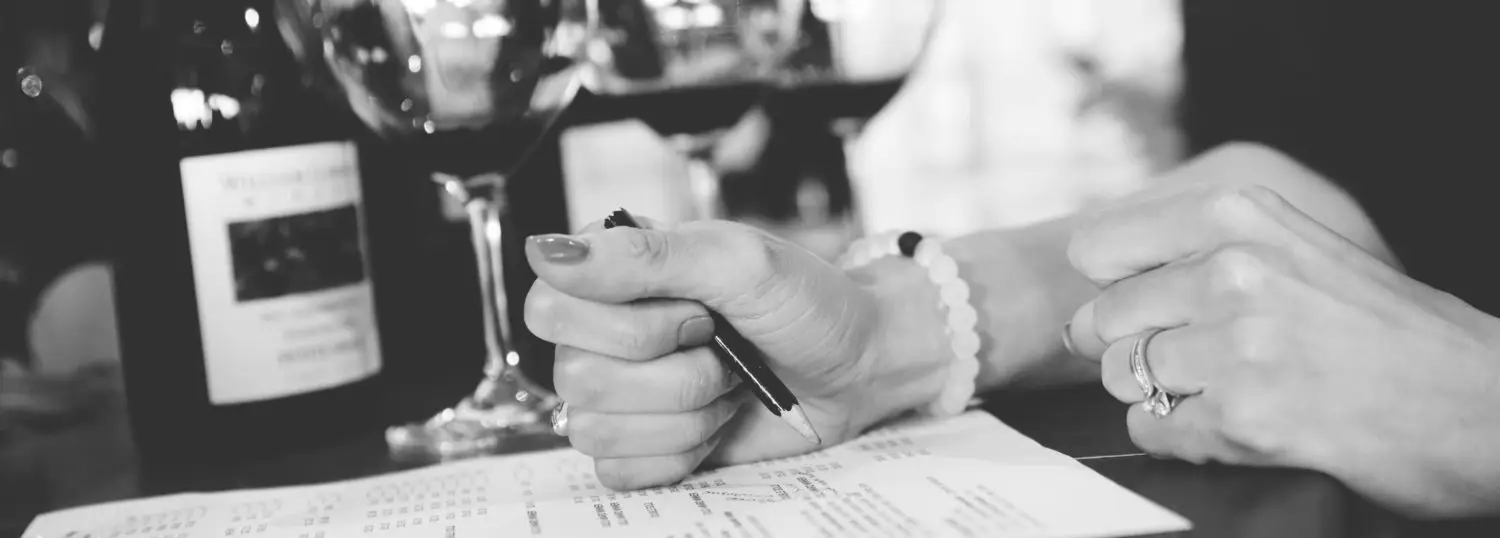My friends, this week’s list is just as much for me as it is for you. I’ve been OOO the center of the week on an amazing field trip focused on Regenerative Organic Certified viticultural practices, diving deep into what it means not just in the field, but above ground as well—from animal welfare to the human impacts and, of course, the resulting wine style and quality. Tasty bits coming your way as I work on my assignments about this super important topic that’s become a dual personal and professional passion of mine.
With that in mind, I’ve very little time to read through the news, so these are some headlines that have captured my attention that I’ll need to circle back to myself to give a deeper read through.
Thanks homies!






